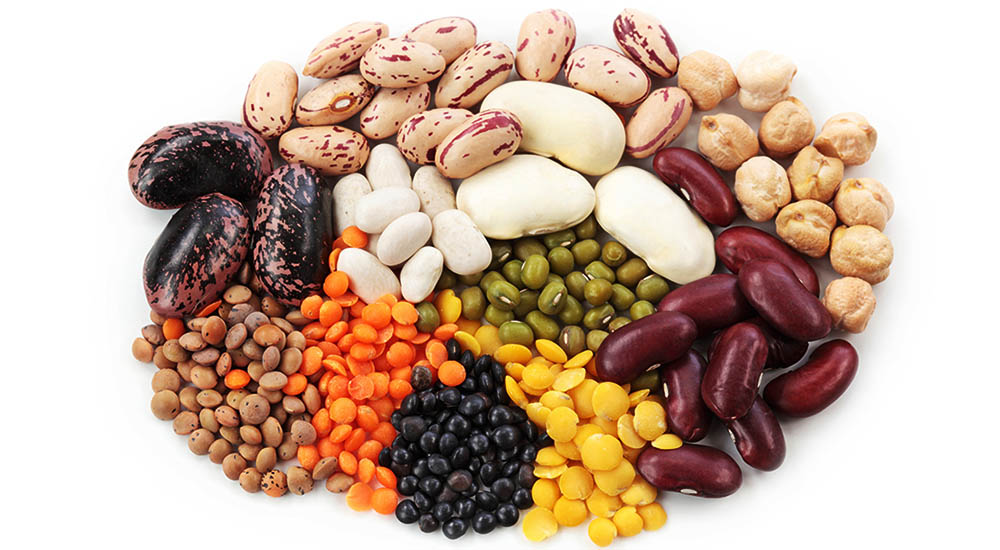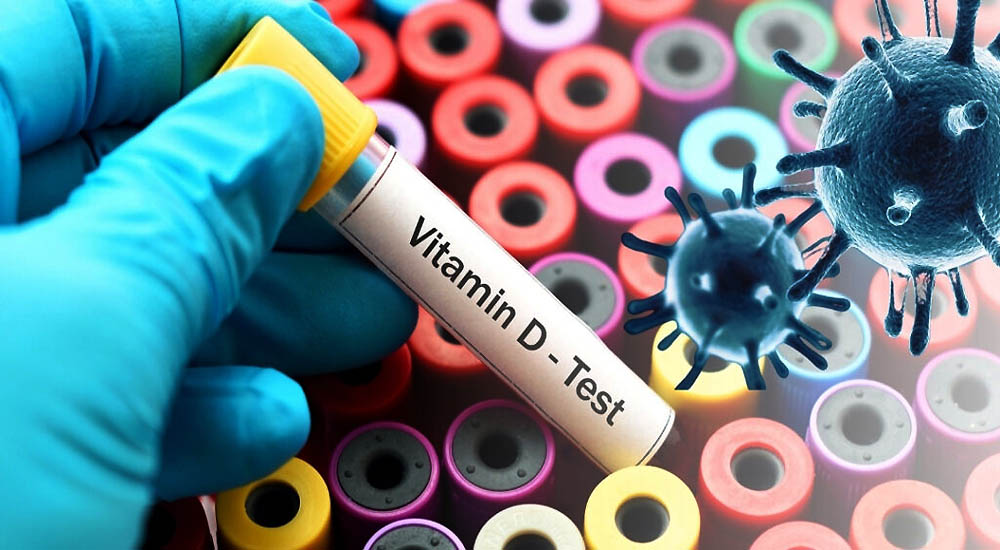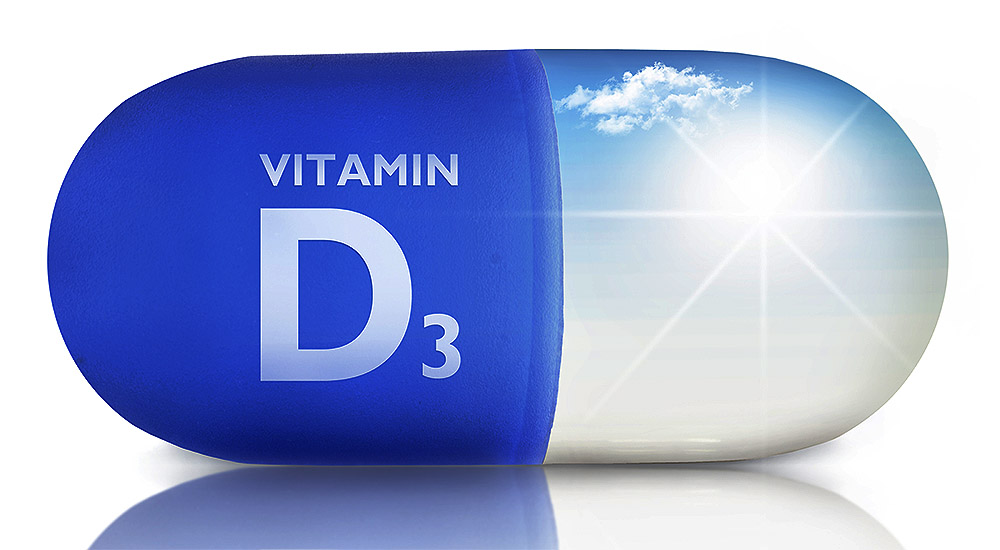Are Legumes Healthy?

What are legumes?
Legumes comprise the full variety of beans, including soy, split peas, chickpeas, and lentils.
Let’s look at what the research tells us about these foods.
Eating beans, per research findings, prevents and improves a wide variety of degenerative diseases, including heart disease, diabetes, cancer, and obesity.
The American Institute for Cancer Research (AICR) completed a forensic investigation involving 500,000 studies. Nine research teams hailing from around the world came to a consensus report that was then reviewed by twenty of the top cancer researchers on the planet.
One of their cancer-prevention recommendations was to eat legumes (all varieties of beans, split peas, chickpeas, and lentils) with every meal.
It bears repeating – eat legumes “EVERY MEAL”, for cancer prevention.
The goal is 3 servings per day. If you don’t want legumes for breakfast that’s perfectly fine; just get the third serving as a snack or two servings with dinner.
A serving is:
- ¼ cup hummus or other bean dips
- ½ cup cooked beans, lentils, or tofu
- 1 cup sprouted lentils or fresh peas.
The high protein vegetable
Legumes are “special” in that they’re considered a vegetable but they’re also high in protein. Protein sources of the animal variety typically provide nice levels of iron and zinc and legumes are no different despite their plant base.
Their iron content is of the non-heme or cancer-protecting variety, vs. the heme iron found in animal flesh, known to increase your risk of cancer.
Their “veggie” persona however also yields good levels of potassium, folate, and fiber, consistent with many vegetables.
Heart health, diabetes protection, cancer prevention, a mood stabilizer, and more
Eating legumes has been associated with positive health benefits in all major areas of degenerative disease prevention. Legumes have been found to:
- Lower blood pressure
- Reduce the risk of stroke
- Lessen abdominal fat
- Reduces cancer risk across most major cancer types, especially colon cancer
- Prevents and treats type 2 diabetes
- Reduce depression
- Increases lifespan
Do legumes have a dark side?
Lectins can be toxic. While most lectins have no toxic related issues, the lectins found in kidney beans, raw kidney beans, to be specific, are toxic and can make someone quite ill.
The lectins found in tomatoes, nuts, lentils, and other foods are considered non-toxic.
Raw kidney beans however are another matter. But… who would eat raw kidney beans? It seems like it would be an exceedingly rare occurrence in today’s world and indeed it is. Yet, much of the “proof” behind the toxic effects of lectins you hear about, stems from studies where the toxic nature of raw kidney beans was revealed.
Do you have to be careful about cooking kidney beans?
The good news is that you don’t have to exert care when consuming kidney beans. The point at which the lectins are destroyed is before anyone would consider they were cooked.
In other words, kidney beans cooked from raw (not pre-soaked) for about 45 minutes would have no dangerous lectins intact, but they still wouldn’t edible at that point because they would be too hard.
One hour of cooking would yield a properly kidney bean, one that could be mashed with a fork and ready to eat.
The good news is the lectin content is destroyed long before the bean is cooked enough to eat – so nothing to worry about.
If you buy canned beans you truly have absolutely nothing to worry about. Canned beans are fully cooked.
Is it true there are “anti-nutrients” in legumes, nuts, and seeds that make them unhealthy?
What’s being discussed when you hear about anti-nutrients is lectins, a class of proteins and phytates (also known as phytic acid), which are antioxidant compounds. These are found in many plant foods such as grains, legumes, fruits, vegetables, nuts, and seeds.
Yes, the healthiest foods available to us contain lectins and phytates, which should get you thinking if there really could be something so terrible in them.
Are lectins inflammatory?
Look on the internet and you’ll see many “warnings” about the anti-nutrient, pro-inflammatory aspects of lectins.
Let’s see what the research says: An indicator of inflammation is called C-reactive protein. It’s almost always tested when you get a comprehensive blood panel.
A study showed that when just 4 servings per week of legumes were prescribed to a group of individuals, a 40% drop of the participant’s C-reactive protein occurred. Imagine what might have happened if they had followed the 3 servings per day recommended by the AICR?
Many try to denigrate beans, but the research just doesn’t support it.
Dr. Gundry’s “Plant Paradox”
This relatively new book would have you believe lectins are the devil incarnate. The author cites many studies in his book to support his premise, but upon closer inspection, the studies themselves don’t corroborate Dr. Gundry’s claims.
Here’s an example: His very first citation in chapter 1 is completely erroneous, and according to reports by others, that is far from the only reference that doesn’t add up.
He states: “Eating shellfish and egg yolks dramatically reduce total cholesterol.” Egg yolks? Really?
That goes against everything we know to be true. What is the study that supposedly validates this provocative statement?
The study cited actually removed animal products such as red meat, cheese, and eggs from the diets of the participants, which of course would lower cholesterol, then add shellfish instead.
How research studies can mislead you
It’s a common “trick” of studies that want to prove a particular point that they remove the obvious culprits that will cause a negative situation, such as animal products that raise cholesterol and then substitute with a lesser amount of the food they’re trying to “push”, in this case, shellfish.
They can then make an erroneous summation that shellfish LOWERS cholesterol.
But in order to truly prove that you’d have to leave IN the meat, cheese and eggs, add shellfish as the only dietary change and see a reduction in cholesterol, which wouldn’t happen.
Yet Dr. Gundry stated that “egg yolks dramatically reduce cholesterol” and used a citation that REMOVED eggs from the diet! What?!
Sorry, Dr. Gundry, nothing personal, but this is just not responsible authorship.
Are phytates and lectins anti-nutrients?
Phytates, antioxidant compounds, are found in plant foods, including legumes, nuts, seeds, and whole grains. Along with the lectins we’ve been discussing, they are frequently referred to as plant toxins.
We are told that phytates and lectins are dangerous because they bind to nutrients, especially some minerals, interfering with their absorption.
Studies do show that you’ll absorb about 20% more zinc and 60% more magnesium without phytates. Iron absorption too can suffer.
But, and this is a big BUT: properly preparing and cooking phytate containing foods acts to neutralize the enzyme inhibitors and thereby increases nutrient absorption.
As an example, boiling legumes decreases the “anti-nutrient” content dramatically. Soaking and sprouting is another option, but if that’s too “fussy” for you, simply boiling them thoroughly is enough.
Note: I enjoy truroots’ sprouted lentils and mung beans. They come in a bag and because they are already sprouted they cook much faster than the un-sprouted variety.
Bonus: sprouted lentils have twice the antioxidant content as the non-sprouted variety, so well worth the effort to seek them out.
Soaking nut is a good idea, here’s how:
Soaking nuts around 7 to 10 hours negates the ill effects of the phytates contained therein. It’s simple and inexpensive to do at home. After the nuts have been soaked and then dried, they will taste freshly roasted without the added oils, high heat, and potential rancidity associated with store-bought roasted nuts.
You can spend a little more and purchase high quality soaked and sprouted nuts as well.
Do this at the end of your day after cleaning up from dinner.
Place 3-4 cups of warm water plus 1 tablespoon salt in a bowl.
Add 2 cups raw organic nuts and leave uncovered on the counter about 7 hours, preferably overnight. The nuts should be fully submerged in the water.
In the morning rinse the nuts and spread them out on a baking sheet.
Note: if you want to make nut milk this is the perfect time to do so. If not, continue to the drying step.
Bake them at the lowest temperature possible, about 150 degrees F, until they’re completely dry. The nuts must be completely dry with no moisture remaining. The process takes about 20 hours.
Note: the warm water tends to neutralize the enzyme inhibitors and increase the absorption of nutrients. The salt activates enzymes that destroy the enzyme inhibitors.
Do phytates reduce mineral absorption?
One of the criticisms of phytates relates to the binding of some minerals, particularly iron and zinc. Is this binding property so severe that one could become malnourished and deficient? Not at all.
The solution is rather simple.
The allium family of vegetables, including onions, garlic, shallots, leeks, and chives, increases the bioavailability of iron and zinc by 50% – Mother Nature provides.
- Eat just a little onion or garlic with your phytate-containing foods.
- If you don’t like onions or garlic, simply consume a little more plant foods and you’ll have no deficiency concerns.
e.g. a study evaluating rice showed that a single slice of onion or one clove of garlic compensated for any loss of minerals in the plain rice. An extra half serving accomplished the same goal.
What do the longest-lived persons eat?
Dan Buettner, the author of Blue Zones, traveled the globe investigating what the longest-lived humans and cultures had in common.
He found foods rich in lectins to be the dietary “cornerstones” of the healthiest and longest-lived humans.
If lectins were bad for you, would these research findings make any sense?
Plant-based diets in general, and legumes particularly, seem to provide a foundation for health and long life.
Phytates are actually protective of your health
Lentils are high in phytates and along with chickpeas (garbanzo beans) improve blood sugar stabilization not only at the meal in which they are eaten but hours and up to a day later.
Lentils are associated with a reduced risk of colon cancer and may have protective effects against the development of osteoporosis.
Lentils and beans are filled with resistant starch, something associated with blocking the accumulation of hydrogen sulfide in the colon. Hydrogen sulfide is linked with inflammatory bowel disease.
Further, the “safe iron”, called non-heme iron is found only in plant foods such as lentils, other legumes, fruits, vegetables, nuts, and seeds. It is the heme iron that is linked with cancer and is found exclusively in animal foods.
Lentils and other whole foods are rich in magnesium, improving common degenerative diseases such as heart disease and diabetes.
Note: Cooked vs. Canned? No need to cook your own. Canned beans and legumes seem to hold the same nutritive value as their home-cooked counterparts. Just try to avoid any canned varieties that add salt – it’s not necessary.
Beans make you fart?
This may be true…when you first start eating them. Research confirms that after a few days or maximally a week or two, your body will adapt to this wonderfully healthy food.
Legumes are full of lean protein
Do you try to eat lean protein? If so, legumes are the best source.
A chicken breast, so often cited as “lean”, actually has more saturated fat than beef.
Legumes have zero saturated fat, in fact, zero fat of any kind.
A can of bean soup has about 30 grams of protein, on par with a 4-ounce chicken breast, and 50% more protein than that found in a hamburger patty.
Last but not least…
Phytates found in beans, nuts, seeds, and whole grains are cancer fighters.
To learn more about this visit this blog: Breakthrough Cancer-Fighting Food.
Do you worry about heart disease, diabetes, or depression?
- Are you taking any medications?
- Does heart disease, diabetes or depression run in your family?
- Are you just not feeling “right” and know you need to improve your health?
We can help.
Do you need help with your health?
We have the diagnostic and testing tools, the clinical experience, and a different medical approach to discovering the root cause of why you have the symptoms that are bothering you. As long as you are ready to make some dietary and lifestyle changes, we can help you. We will "hold your hand" through the changes, step by step, to make each step an easy one. We are located in Clearwater, FL, at 1000 S Ft Harrison, at the corner of Ft. Harrison Ave. and Magnolia St. There is plenty of parking space directly accessible from Ft Harrison. If it is not convenient for you to come to Root Cause Medical Clinic, we offer telehealth/telemedicine consultations to residents of certain states. Call us for details.
Contact us for a Consultation – Call 727-335-0400

Dr. Vikki Petersen DC. CCN
Founder of Root Cause Medical Clinic
Certified Functional Medicine Practitioner
Dr Vikki Petersen is a public speaker, author of two books, several eBooks and creates cutting edge content for her YouTube community. Dr Vikki is committed to bringing Root Cause Medicine and its unique approach to restoring health naturally to the world.
Ask a Doctor
Have a health concern you'd like to speak with a doctor about? Or just want clarity on a subject? Ask Us!


